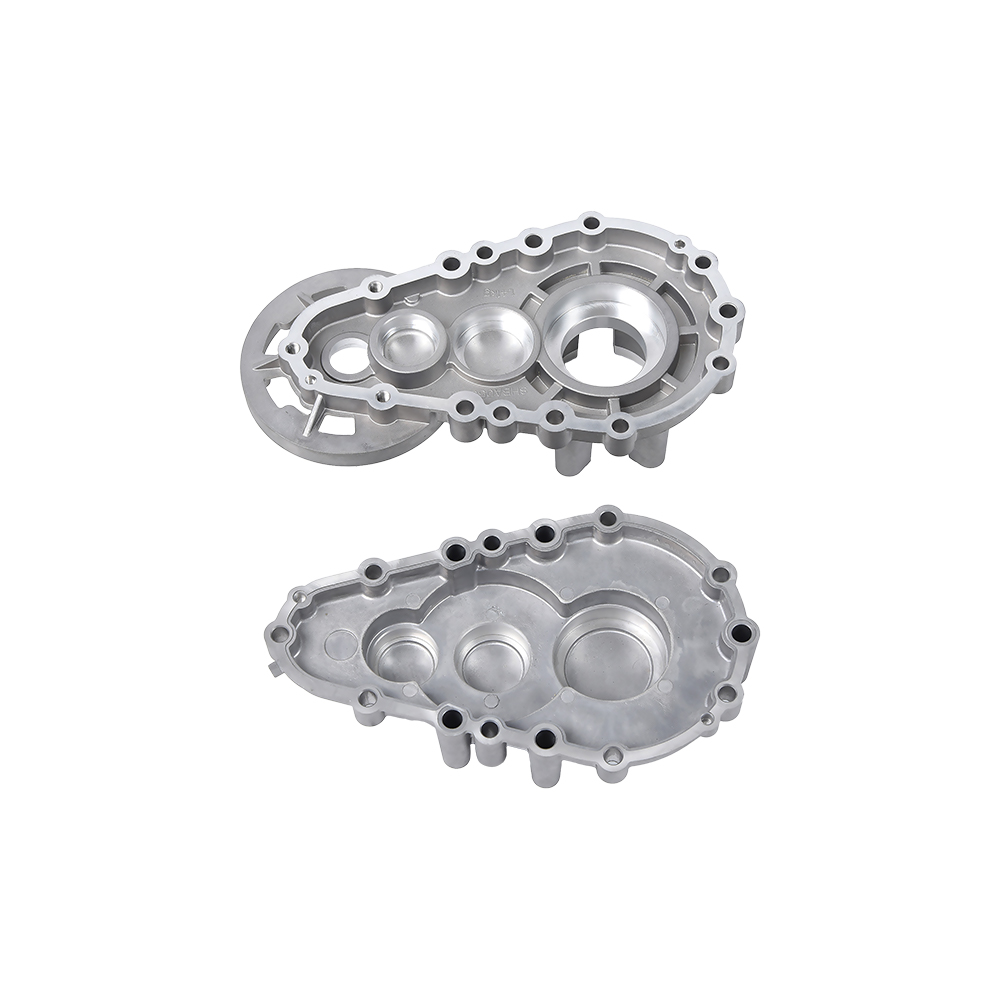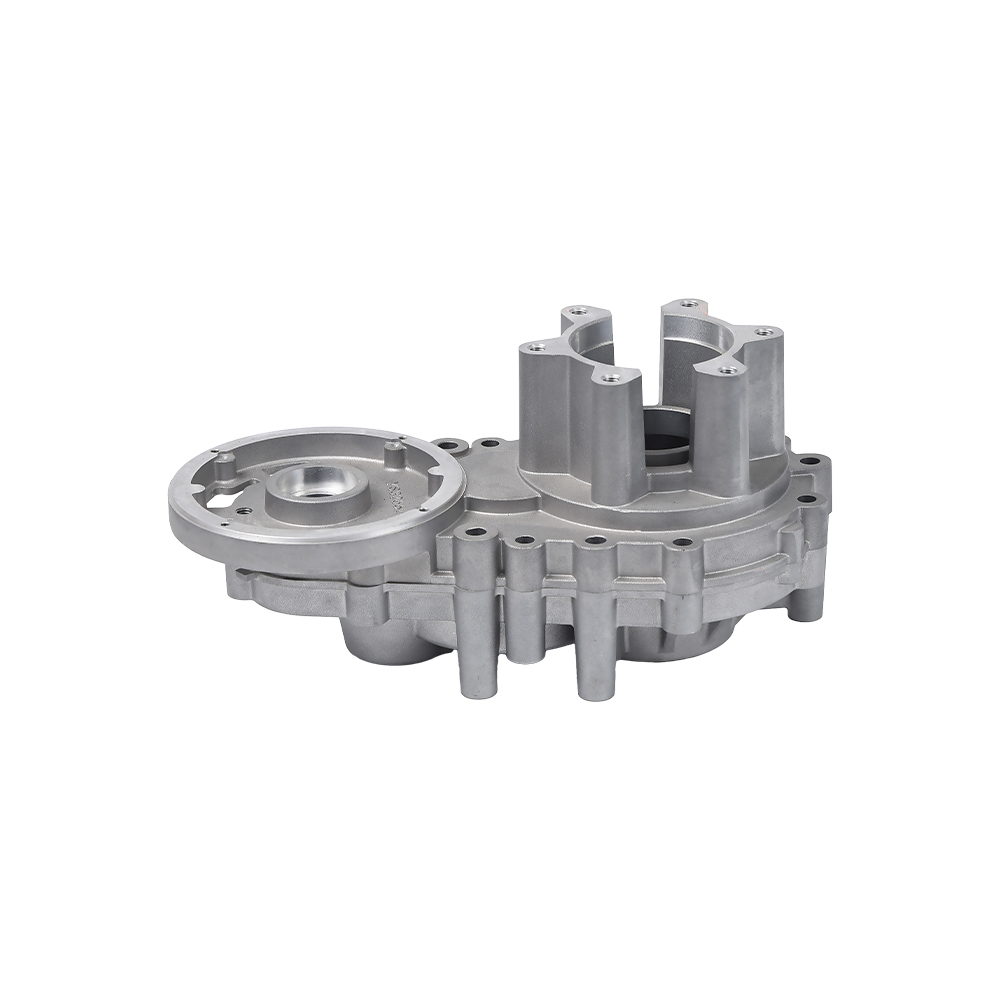Aluminum Die Casting Explained
1. Core principles
High pressure injection: Injecting molten aluminum into a steel mold at extremely high pressure (usually several hundred tons or more) and high speed.
Rapid prototyping: Aluminum liquid cools and solidifies inside the mold cavity, forming precise parts within 30 seconds.
2. Process characteristics
Mold requirements:
Use special alloy steel (such as H13) to withstand aluminum liquid erosion and high-pressure impact.
The mold has a built-in cooling water channel to control the solidification speed.
Material selection:
Specially designed for aluminum alloys (such as ADC12/A380) with high silicon content (8-12%) to enhance fluidity.
Prohibit pure aluminum (insufficient strength, easy to stick mold).
3. Key advantages
Complex structure formed in one go:
Precision parts with holes, threads, and thin walls (up to 0.5mm) can be cast (such as motorcycle crankcases).
High surface smoothness reduces subsequent processing.
Production efficiency:
A single set of molds has a lifespan of over 100000 cycles and is suitable for large-scale production.
4. Core Defects and Responses
Pores/Shrinkage:
High pressure easily traps air → internal bubbles in the parts.
Countermeasure: Vacuum assisted exhaust, adjust injection speed.
Hot cracks:
Uneven cooling leads to stress cracking.
Countermeasure: Optimize the mold cooling layout and control the demolding temperature.
5. Necessary post-processing procedures
Deburring: Manually or mechanically remove excess material from the parting line.
Heat treatment (T6): Enhance the hardness of parts (especially load-bearing components).
Surface treatment: Sandblasting and anodizing to enhance corrosion resistance.
6. Typical application scenarios
Motorcycle: crankcase, cylinder head, clutch cover.
Automobile: gearbox housing, motor end cover.
Consumer electronics: phone frame, radiator.

 English
English русский
русский Español
Español










